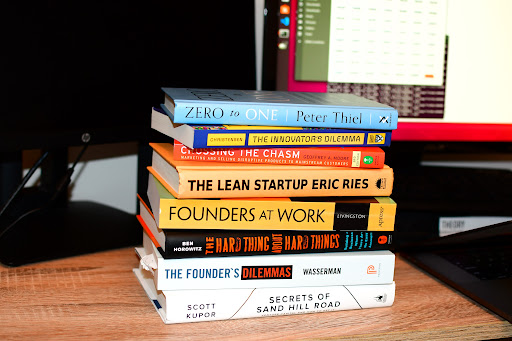White Paper: From Idea to Enterprise: A Comprehensive Guide to Building Successful Startups, Incorporating Storyboarding Techniques
Introduction
In the realm of product development and innovation, effective communication and visualization are crucial. Storyboarding is a powerful technique that can help bring ideas to life and streamline the development process. This white paper builds upon the foundational principles outlined in The Startup Owner's Manual and From Idea to Enterprise, incorporating storyboarding as a strategic tool for product development and customer engagement.
The Power of Storyboarding
Storyboarding is a visual storytelling technique that involves creating a series of images or frames to represent a sequence of events. In the context of product development, storyboarding can be used to:
- Communicate Ideas: Clearly convey product concepts to stakeholders, including team members, investors, and customers.
- Identify User Journeys: Map out the user's experience with the product from start to finish.
- Visualize User Interfaces: Design user interfaces and user experiences.
- Test Product Concepts: Gather feedback and iterate on the product design.
Integrating Storyboarding into the Startup Process
- Ideation and Concept Development:
- Use storyboarding to brainstorm and visualize product ideas.
- Create a visual representation of the product's core features and benefits.
- User Experience (UX) Design:
- Map out user flows and create wireframes to visualize the user interface.
- Use storyboards to illustrate user interactions and scenarios.
- Product Development:
- Break down the product development process into smaller, manageable tasks.
- Visualize the development timeline and milestones.
- Identify potential challenges and develop contingency plans.
- Marketing and Sales:
- Create compelling marketing materials, such as presentations and videos.
- Develop sales pitches and demonstrations.
- Visualize the customer journey and identify key touchpoints.
Case Study: A Successful Startup Story
Case study of Keencomputer.com and Keendirect.com
Conclusion
By incorporating storyboarding into the startup process, entrepreneurs can enhance communication, improve decision-making, and accelerate product development. By combining the strategic insights from The Startup Owner's Manual and From Idea to Enterprise with the visual power of storyboarding, you can create innovative products and services that resonate with your target audience.
References
- Blank, Steve. The Startup Owner's Manual: The Step-by-Step Guide for Building a Great Company. K&S Ranch Publishing, 2013.
- Dorf, David S. From Idea to Enterprise: How to Build a Billion-Dollar Company. HarperBusiness, 2014.
- Ries, Eric. The Lean Startup: How Today's Entrepreneurs Use Continuous Innovation to Create Radically Successful Businesses. Crown1 Business, 2011.
- Ash Maurya. Running Lean: Iterate from Plan A to a Plan That Works. O'Reilly Media, 2012.
- Books and Resources on Storyboarding and UX Design
Additional Tips:
- Use simple visuals and clear language: Avoid jargon and technical terms.
- Involve your team: Encourage input and feedback from team members.
- Iterate and refine: Continuously refine your storyboards based on feedback and new insights.
- Use storyboarding tools: Consider using digital tools to create and share storyboards.
By effectively utilizing storyboarding, you can bring your ideas to life and drive innovation in your startup. Contact ias-research.com for details.



